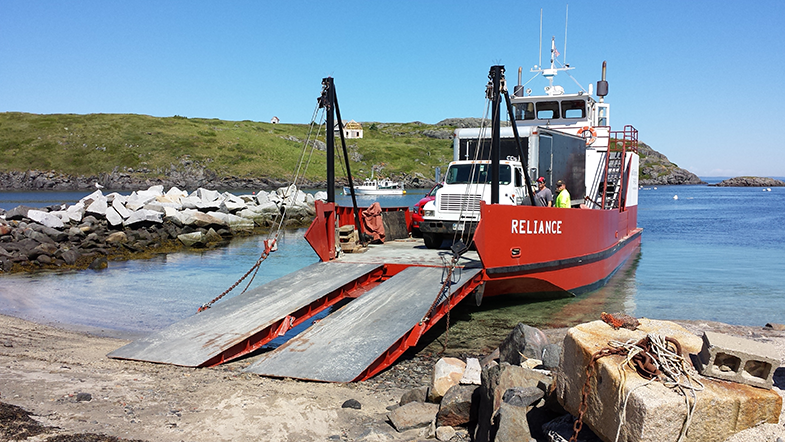Mainers pay some of the highest energy costs in the nation. Our state has the dubious distinction of being the most dependent on heating oil for heating our homes and businesses. These costs are especially high on Maine’s islands, where it is common to pay more than a dollar more per gallon than your neighbors on the mainland.
That’s the bad news. The good news is that Maine communities are developing creative approaches to address these high energy costs and reduce reliance on expensive and polluting fuels through community-based clean energy initiatives. By working together with their neighbors, Mainers are starting to change the energy landscape, transforming leaky old houses into warm, cozy homes and trading in dirty old heating systems for clean, efficient ones that cost much less to run. This type of collective energy action is spreading across the state, from the Downeast coast to the mountains of western Maine.
A Guide for Energizing Maine Communities
In the fall of 2016, the Island Institute teamed up with the New England Grassroots Fund and the Northern Forest Center to research these approaches and develop a guide for local leaders interested in starting clean energy efforts of their own. “Energizing Maine Communities” highlights the lessons that each organization has learned about how to support local energy efforts and includes summaries of a few of the approaches that have been working around the state.
The guide outlines a few key themes that emerged as we shared our approaches with each other.
First, we noticed that each organization has provided funding to support local coordinators of energy initiatives. This work requires time and effort and, while volunteers have played important roles in many local energy projects around the state. For example, the Island Institute provided small stipends to the coordinators of the Community Energy Action Teams that formed on Chebeague, Cliff, Long, Islesboro, Monhegan and Vinalhaven islands in recognition of their leadership of local energy initiatives. We believe that providing some funding to compensate local leaders for their time will help more communities get involved in this work.
Second, using program models with a track record like those featured in the guide helps communities avoid reinventing the wheel and ensures that local energy initiatives make an impact.
Third, we need more support for leadership building initiatives and expanded support for existing local energy groups. Most Maine communities do not have someone who is paid to think about clean energy, so building local leadership around energy issues is crucial if we want more communities to be engaged in these efforts.
No house is an island
So, what does a community-based approach to clean energy look like? One example is Weatherization Week. The first Weatherization Week, hosted on Vinalhaven island five years ago, was designed to make energy efficiency services easier to access for island residents.
The idea was simple – if you live on an island, it can be difficult (not to mention expensive) to get a certified contractor to visit your home for an energy assessment or insulation project, but if you can team up with your neighbors, it lowers the cost for everyone and makes it easier for the contractor to justify a trip.
During a Weatherization Week, the Island Institute teams up with a local partner – in this case, it was the Vinalhaven Energy Club – to organize the logistics. Then the contractor completes energy assessments and basic air sealing work for eight to ten island homes, taking care of some of the biggest sources of wasted energy for only $200 per home. Over the last five years, Weatherization Weeks have helped more than 380 island homes save approximately $125,000 in heating costs collectively each year.
Island communities are also taking a similar approach to other types of clean energy, from LED lighting to high-efficiency heating systems to solar, using “collective purchasing” to pool their buying power and lower the cost of energy upgrades for everyone. This approach has taken off – all 15 of Maine’s year-round island communities have organized a collective purchasing project and mainland communities like Rockland and Bangor are taking the idea and applying it through their Weatherize Rockland and Energy Smart Bangor projects. We feature just a few of these efforts in the Saving Like an Islander video below and in the Island Institute’s What Works Solutions Library. Efficiency Maine’s Collective Purchase Toolkit provides more details for communities interested in starting their own collective purchasing initiative.
With Maine island communities making good progress in their transitions to clean energy, others around the state are starting to take note. We have joined with the Maine Climate Table – a coalition of nonprofits, businesses, and individuals working to advance climate action in the state – and are sharing the lessons learned from the islands’ success with communities and leaders all around the state. We’re hoping that these community-based approaches take root from Kittery to Caribou and Jackman to Eastport, helping the entire state end its oil dependence and lowering energy costs for everyone.


